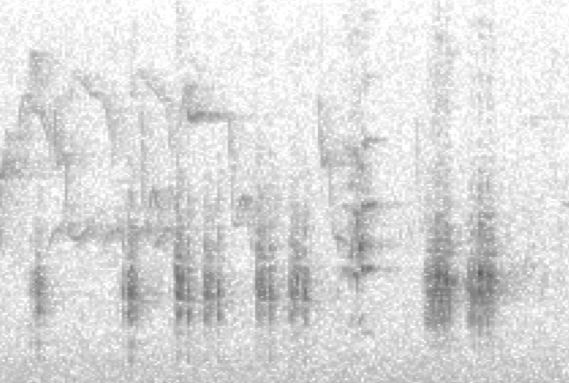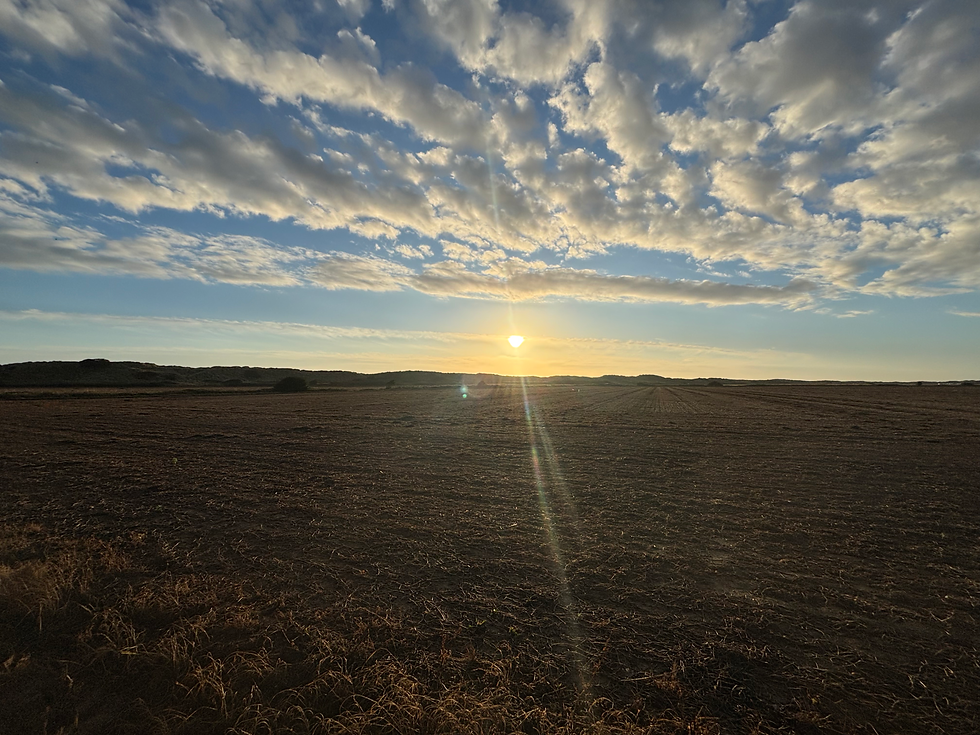Great Reed Warbler, Hickling Broad, Apr 30 - New for TG42
- tg42lowcarbonbirding
- May 2
- 4 min read
A Great Reed Warbler was present in the vicinity of Secker Hide on the reserve on Apr 30 only. It vocalised and was recorded but never really sang in typical fashion. The bird was seen briefly by a few people and there is said to be a photograph too.
I arrived home from work after a hot and tiresome drive, looking forward to a relaxing afternoon and cold beer in the back garden. A text from Andy relating to a sighting of Great Reed Warbler at Hickling from a WhatsApp group, wasn’t enough to change my plans. Birding isn’t what it was and the continuing decline of several species as we warm up has dampened my enthusiasm for daily birding. To be honest, I was also slightly sceptical of the report and despite it being a very rare species in east Norfolk, there was very little interest in it online, for example. However, a short while later I decided that as there hasn’t been a Great Reed Warbler in the square before, and as it was such a pleasant afternoon, I thought I’d have a cycle over and see what was going on…
I arrived at the reserve about 15 minutes later and made my way down to Secker Hide. I was somewhat amazed to find myself the only person there. I scouted out the location and listened for any sign of what could be a Great Reed. Thirty minutes past and still no-one had arrived. This was over two hours after the first report. I called Ryan and Andy to see if there was any further info appearing online or on WhatsApp groups, but it was all dead. These days, even a scare bird seems to get a small crowd of visitors, so I was astounded that there was no-one for the first Great Reed in the area. I was debating whether or not to call it day as there wasn’t a sniff of the bird when I heard a few soft croaks coming from an area of phragmites and bushes close to the hide. These were very subdued but were clearly of interest. Then, as a couple of people arrived, the sounds became a rough, loud, gravelly croak, repeated at times – much more of what you’d expect from a Great Reed.
The bird then reverted to softer croaks as 3 or 4 people walked up. Despite it audibly croaking away in front of us, I was asked if it was there. I pointed and mouthed “that’s it!” but there was little enthusiasm in return. A couple more folks arrived and asked if it was still present. I responded that it was but that it was mainly silent and only giving a few croaks. I’m not sure they were initially convinced – or possibly were not really aware of the species in general as when it started calling more loudly, some weren’t exactly on it! A few folks drifted away but Alan (of Black-winged Kite fame) and another chap stayed with me as it dropped cooler and the sun started to drop. Then, coming up to 7 o’clock, our patience was rewarded when it began calling much more frequently.
The volume of the bird was striking – a rich gravelly timbre, slower than a Reed Warbler – but it never really sang properly. Possibly a female or a first-summer individual, it only gave the gravelly croaks frequently, with any other notes appearing much less regularly. There was a Reed Warbler rather close by and when both birds were singing, the volume of the Great Reed drowned the Reed out almost completely.
At one point, one of the chaps present got the bird perched up and I walked the ten yards to his spot. The bird dropped into the reeds and then made another very short flight, crashing through the reeds. My views of the bird were horrendous – it showed as nothing more than a large brown Song-Thrush-sized bird on both occasions. My fellow observer managed a better, but still brief look, describing it as a Reed Warbler but much bigger (!).
It was pretty vocal for around 15 minutes before becoming silent again. As the evening wore on and the midges started to bite, all three of us decided to call it a night and headed back. The bird was not reported the next morning or evening and is presumed to have moved on.
This bird is the first confirmed Great Reed Warbler for the TG42 square. A perhaps overdue bird, the extensive and hard-to-access reedbeds in east Norfolk may have sheltered a bird or two in previous decades, but who's to know?
It’s a populous species with a huge range so not in any immediate danger but it does have a declining population trend and faces threats from habitat loss and climate change. The warming climate has, though, also allowed the bird to expand northwards, such as into southern Scandinavia, and it may even migrate at very high altitude to escape the heat.
There have been a very few records in east Norfolk as a whole, but the only record any anything from our square is of a bird seen by reedcutters and reported to Jim Vincent as “as big as a Mavis” and with an unusual song. As the reedcutters were familiar with the regular species, it was thought to likely refer to a Great Reed Warbler. Jim Vincent search the area a few days later, but the bird had gone.
Jim Vincent (1941) in Wild Bird Protection in Norfolk, 1941, p. 14, under 'Bird Notes from Hickling, 1941', says: 'On May 16th one of the reed-cutters reported that he had seen "a Reed Warbler as big as a Mavis" in the reeds quite close to him and that it was unusually noisy. Two other men who were cleaning out a dyke 100 yards away from him also heard this strange bird singing. All three are good observers and know all the local species. I explored the area three days later, but neither saw nor heard the bird, but from its description, I believe it to have been a Great Reed Warbler.'
The beer was very nice when I got home... A birra moretti with salt.






Comments